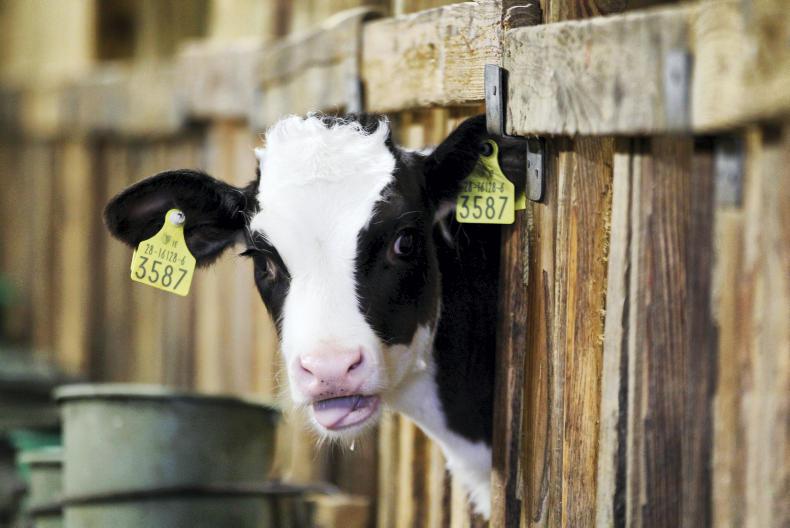The success of any calf-to-beef system will hinge on the rearing phase, during which performance and health must be optimised right from start to finish. With rearing season on the horizon, we look at how to properly manage newly purchased calves.
Transport
Transport is one of the biggest potential stressors for our calves. Stressors weaken immune systems, which lets unwanted bugs in – but this one is unavoidable. Ensure your trailer is washed and disinfected between each load of calves. Ideally bed the trailer too, preferably with straw. Avoid using uncovered trailers and don’t try to transport an excessive amount of animals at once. Make the journey as swift as possible – the longer calves are on the trailer, the bigger the risk.
Arrival
On arrival at your farm, calves should be housed in a separate airspace to older stock. Try grouping calves based on size to prevent bullying. In terms of group size, smaller is better – aim for a maximum of eight per group. Their pens should have been cleaned out, disinfected and have been empty for one week before their arrival. Be liberal with straw – it is crucial that calves are comfortable. Freshen calves’ beds every day during rearing.
Draughts are your enemy – at animal level there should be no air movement. Even the slightest draught will cut through a young calf. Use boards or round bales to block them out. In the airspace above calves there should be enough airflow through and out the roof of a building to maintain a fresh, relatively sterile airspace.
Feeding
Slight stress on our calf is inevitable on day one. Forget about milk replacers at this point and instead feed two to three litres of warm electrolyte solution. On day two introduce two litres of milk replacer in the morning, along with the electrolytes again in the evening. Repeat this on day three and introduce 250g of a high-quality calf concentrate. By day four, the normal rearing schedule can commence. Fresh, clean water should be available at all times during rearing, as should hay or straw in a feeding rack. Avoid any vaccinations until the calf has settled into its rearing phase. Immediately separate and treat any calf showing symptoms of illness. They can return to the batch having recovered fully and when they are consuming desired amounts of milk and feed.
Beef management: buying calves






 This is a subscriber-only article
This is a subscriber-only article









SHARING OPTIONS: